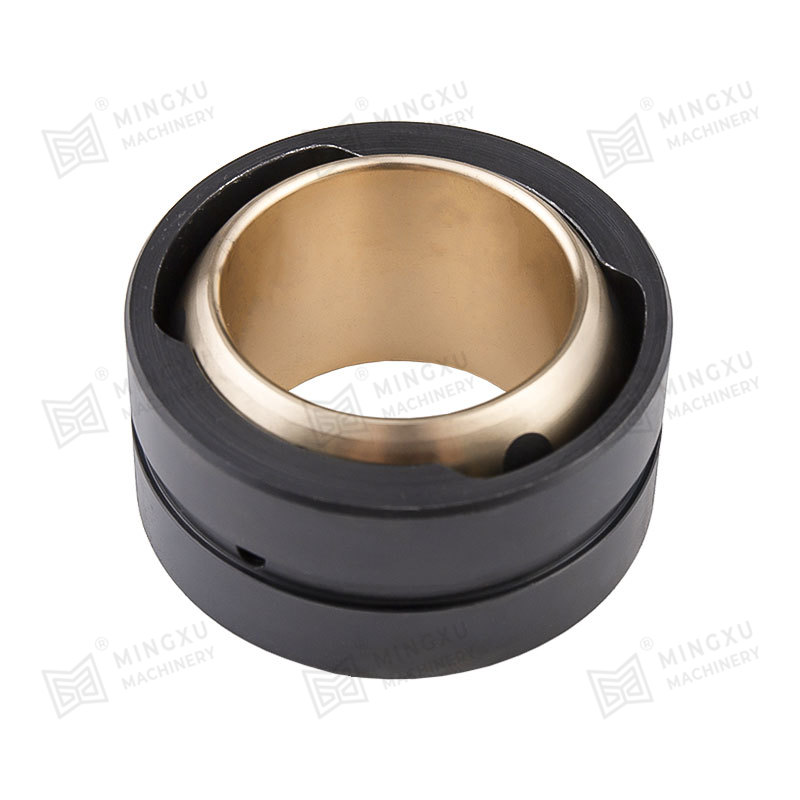The design of the 500#SP sliding bearing plays a crucial role in its ability to handle shock loads and vibrations. Here’s how different design aspects influence its performance:
Material Selection: The choice of materials used in the bearing's construction affects its ability to absorb and withstand shock loads. Materials with high strength and toughness can better handle sudden impacts and stress. Additionally, materials with good damping properties can help reduce vibrations.
Surface Finish: A smooth and well-finished bearing surface reduces the risk of localized stress concentrations, which can exacerbate the effects of shock loads. Proper surface finish also helps in minimizing friction and wear during operation.
Bearing Geometry: The shape and dimensions of the bearing, including the size of the sliding surfaces and the geometry of the bearing cavity, influence how well it can handle shock loads. Bearings designed with larger surface areas can distribute loads more evenly, reducing stress and improving shock resistance.
Clearance and Tolerances: Properly designed clearances and tolerances are essential for accommodating thermal expansion and maintaining alignment under varying loads. Bearings with too tight or too loose clearances may experience increased friction or misalignment, which can affect their ability to handle shocks and vibrations.
Lubrication System: An effective lubrication system helps to cushion the effects of shock loads and vibrations. Lubricants with good shock-absorbing properties can reduce the impact forces transmitted through the bearing and help maintain smooth operation.
Load Distribution: Bearings designed to distribute loads more evenly can handle shock loads better. Features such as improved bearing contact patterns and load-carrying surfaces help to distribute forces more uniformly, reducing localized stress.

Bearing Housing and Mounting: The design of the bearing housing and how the bearing is mounted can influence its performance under shock loads. A well-designed housing that absorbs vibrations and securely supports the bearing can enhance its shock-load handling capability.
Damping Features: Some bearings incorporate damping features or materials to absorb and dissipate vibrational energy. These features can reduce the transmission of vibrations and help the bearing handle sudden shocks more effectively.
Design for Flexibility: Bearings designed with some degree of flexibility or compliance can better absorb and mitigate the effects of shock loads. This flexibility helps in accommodating misalignments and reducing stress on the bearing surfaces.
Reinforcement and Support: Reinforced designs or additional support structures can enhance the bearing’s ability to handle high-impact loads and vibrations. This might include features such as reinforced edges or support ribs to provide extra strength where needed.
By considering these design aspects, the 500#SP sliding bearing can be optimized to handle shock loads and vibrations more effectively, leading to improved performance and longevity in challenging operating conditions.




 English
English Español
Español

















Contact Us